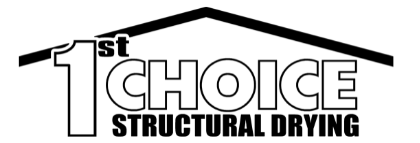Combatting Moisture: Expert Techniques in Structural Drying for a Secure and Dry Living Space
Welcome to the often overlooked but crucial aspect of home maintenance: structural drying. When moisture strikes, it can be more than just a temporary inconvenience. From unexpected flooding to subtle leaks, or even the insidious rise of humidity, the presence of unwanted water in your home poses a serious threat to its structural integrity and your health. This is where the art of structural drying comes into play, a critical process often unseen but essential in safeguarding your home.
In this comprehensive guide, “When Moisture Strikes: Mastering the Art of Structural Drying for a Safe and Dry Home,” we will delve deep into the world of structural drying. We’ll explore how moisture can silently seep into the very foundations of your space, potentially leading to damage that is costly and hazardous. Understanding the source and impact of this moisture is the first step in combating it effectively.
But worry not, as the journey through this guide will equip you with the knowledge and insights needed to tackle these challenges head-on. From the science behind structural drying to practical tips you can apply yourself, and the expert methods employed by professionals like us at 1st Choice Structural Drying, we’ve got you covered.
So, let’s embark on this journey together to ensure that your home remains not just a structure of walls and roofs, but a safe, dry, and healthy living space for you and your loved ones.
Understanding Moisture and Its Impacts
Moisture in your home can be a silent invader, often unnoticed until the damage is done. It’s crucial to understand the various sources and the potential impacts they can have on your home and health.
- Sources of Moisture: Moisture can infiltrate your home in several ways. Common culprits include flooding from severe weather or plumbing failures, leaks from roofs or pipes, and even daily activities like showering and cooking that increase indoor humidity. In some cases, the building materials themselves can retain moisture from construction or due to poor ventilation.
- Structural Damage: Excess moisture is one of the leading causes of structural damage in homes. It can weaken foundations, cause wood to rot, and lead to the deterioration of building materials. Over time, this compromises the structural integrity of your home, leading to costly repairs.
- Health Risks: The presence of moisture creates an ideal breeding ground for mold and mildew. These fungi not only damage your home but also pose serious health risks. Exposure to mold can lead to respiratory problems, allergies, and in severe cases, more serious health conditions. It’s particularly harmful to children, the elderly, and those with pre-existing health conditions.
Understanding these risks underscores the importance of timely and effective moisture management. Identifying the signs of moisture problems early can help prevent these serious issues. Look for telltale signs like water stains, peeling paint, a musty smell, or visible mold growth.
In the following section, we’ll dive into the science behind structural drying – a critical process in restoring the safety and comfort of your home after moisture exposure.
Sure, here’s the third section of your blog post:
The Science of Structural Drying
When it comes to removing unwanted moisture from your home, understanding the science behind structural drying is key. This process is not just about eliminating visible water; it’s about achieving a balance in moisture levels to ensure a safe and stable environment. Here’s how it works:
- The Principles of Drying: Structural drying revolves around the principles of psychrometry, the science of air and water vapor. The goal is to create an environment where water can easily evaporate from wet materials and then be removed from the air. This involves controlling the temperature, humidity, and air movement in the affected areas.
- Advanced Drying Techniques: Modern structural drying utilizes advanced techniques and tools. These include industrial-grade dehumidifiers that extract water vapor from the air, high-velocity air movers to increase evaporation, and specialized equipment like injectidry systems for hard-to-reach areas.
- Monitoring Moisture Levels: Accurate monitoring is crucial in structural drying. Using moisture meters and hygrometers, professionals can track the progress of drying and ensure that the moisture content in materials returns to safe levels. This precision prevents the risks of under or over-drying, which can either lead to mold growth or further damage to materials.
- Restoration to Pre-Loss Condition: The ultimate goal of structural drying is to restore your home to its pre-loss condition. This means not just removing the moisture but also repairing or replacing any materials damaged by water. A thorough drying process helps ensure that these repairs last and protect the structural integrity of your home.
In the next section, we will look at real-world applications of structural drying through case studies, showcasing how effective this science can be in safeguarding homes against moisture damage.
Case Studies: Effective Structural Drying in Action
Understanding the practical application of structural drying is best illustrated through real-life examples:
- Case Study 1: Flood Recovery in Louisiana: After a severe flood, a family’s home was left with extensive water damage. 1st Choice Structural Drying deployed a team equipped with industrial-grade dehumidifiers and air movers. Through continuous monitoring and adjustments over several days, the team successfully extracted the moisture, preventing potential mold growth and preserving the home’s structural integrity. The quick response and efficient drying process saved the family from extensive renovations.
- Case Study 2: Addressing Hidden Moisture in Virginia: A historic building in Virginia struggled with moisture issues due to its aged structure and inadequate ventilation. Our team used thermal imaging technology to detect moisture in hidden areas like wall cavities and under floorboards. Strategic placement of drying equipment targeted these areas, effectively drawing out the moisture while preserving the building’s historical value. This approach showcased the importance of technology in identifying and resolving complex moisture issues.
DIY Tips for Managing Minor Moisture Issues
While severe moisture issues require professional intervention, there are steps homeowners can take to manage minor problems:
- Effective Ventilation: Regularly ventilate high-moisture areas, such as kitchens and bathrooms, to prevent condensation. Simple actions like using exhaust fans and opening windows can significantly improve air circulation.
- Using Dehumidifiers: In naturally damp spaces or during humid seasons, dehumidifiers can help maintain a healthy moisture level, protecting your home from potential mold and mildew growth.
- Prompt Leak Repairs: Address leaks as soon as they are detected. Regular inspections of pipes, roofs, and windows can help catch leaks early, preventing more significant moisture problems.
1st Choice Structural Drying’s Expert Approach
At 1st Choice Structural Drying, our approach to resolving moisture problems is both comprehensive and customized. Here’s how we ensure the best results for your property:
- Initial Assessment: Every job begins with a thorough assessment. Our experts use advanced diagnostic tools, such as moisture detectors and thermal imaging cameras, to accurately identify the extent and source of the moisture problem. This detailed analysis allows us to tailor our approach to the specific needs of your property.
- Customized Drying Strategy: We understand that every moisture situation is unique. Based on our assessment, we select the most suitable combination of equipment from our arsenal of industry-leading technology. This may include powerful dehumidifiers to extract moisture from the air, air movers to accelerate evaporation, and other specialized tools designed for specific challenges like hard-to-reach areas or delicate materials.
- Continuous Monitoring and Adjustment: Effective drying is an ongoing process. Our team closely monitors the environment throughout, using hygrometers and other moisture tracking tools. This vigilance allows us to make real-time adjustments to our strategy, ensuring the drying process is as efficient as possible.
- Minimizing Disruption: We understand the inconvenience and stress that comes with moisture issues. Our goal is to minimize the disruption to your daily life, working swiftly and effectively to restore your property. We coordinate with you to schedule our work in a way that least impacts your routine.
Conclusion and Call to Action
Ignoring moisture issues in your home can lead to more than just discomfort. It can have serious implications for the health and safety of your living space. Whether it’s a minor issue or a major emergency, 1st Choice Structural Drying is here to provide a reliable solution.
- Expertise and Technology: Our team combines years of experience with state-of-the-art technology to tackle any moisture challenge. We stay abreast of the latest advancements in the field, ensuring we bring the most effective techniques to your doorstep.
- Comprehensive Service: From the initial assessment to the final touches of restoration, we handle every aspect of the drying process. We’re not just about removing moisture; we’re about restoring your home to a condition that’s safe, dry, and comfortable.
- Ready to Assist: Don’t let moisture problems linger. Contact 1st Choice Structural Drying for a comprehensive assessment. We’re ready to step in with our expertise and technology to provide a quick and effective resolution. Let us help you reclaim the comfort and safety of your home.

